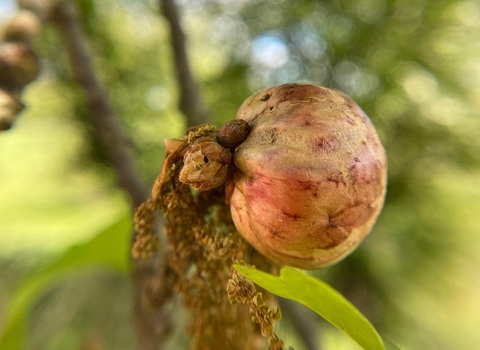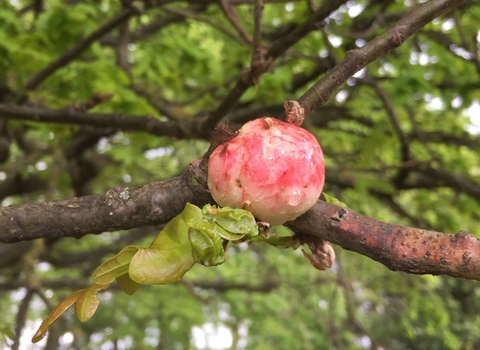
James Heal

James Heal
Oak apple gall wasp
Living up to its name, the oak apple gall wasp produces growths, or 'galls', on oak twigs that look like little apples. Inside the gall, the larvae of the wasp feed on the host tissues, but cause little damage.
Enw gwyddonol
Biorhiza pallidaPryd i'w gweld
May to JuneSpecies information
Categori
Ystadegau
Diameter of gall: up to 5cmCommon.
